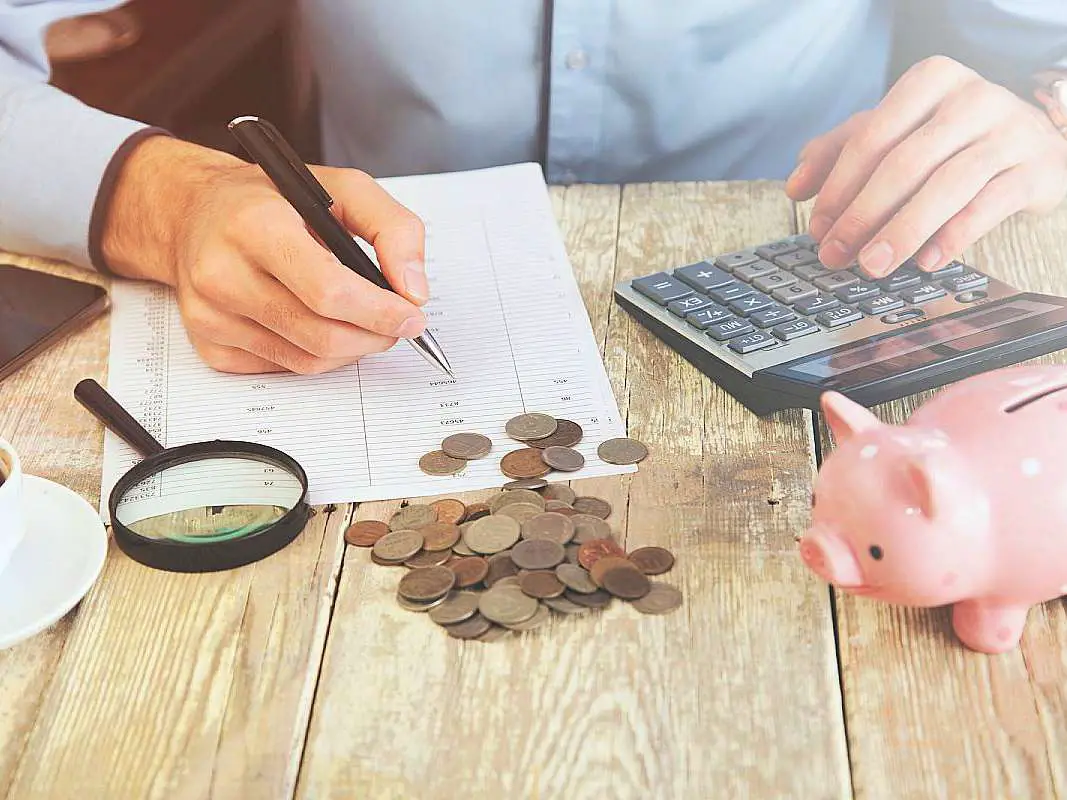 One of the biggest threats that collectors face in the numismatic market is the issue of fake coins. They are really more common than you may think, and they turn up everywhere.
One of the biggest threats that collectors face in the numismatic market is the issue of fake coins. They are really more common than you may think, and they turn up everywhere.
While it is true that counterfeit coins are often easy to spot — due to improper weight, color, even design details — the terrible truth is there are many good copies that have even fooled some of the more-seasoned coin collectors!
Casts, electrotypes, and altered coins are all the types of fake coins that usually turn up on the market. Some of them look pretty authentic to the untrained, naked eye.
Here’s what to look for in order to avoid buying fake coins…
Where Do Fake Coins Turn Up?
Fake coins can turn up virtually anywhere you find coins.
However, the likeliest places you will find a counterfeit coin is at a flea market, garage sale, or antique store. Not because these places are any less trustworthy than a bona fide coin dealer, but simply because these types of establishments generally do not have staff trained in looking at thousands of real and fake coins like a coin dealer’s store may encounter.
Flea markets, antique stores, and yard sales are good places to look for coins, and those who know how to spot a real bargain can pick up a very nice coin for a discount!
However, wince many of the sellers/dealers at these types of places are not knowledgeable about fake coins, spotting fake coins, and dealing with coins on a day-to-day basis, you are likely going to find coins there which are fake and simply don’t belong in your collection.
How To Avoid Buying A Fake Coin
While fake coins often bear the words “copy” or “replica” somewhere on the piece (often the reverse side), many fake coins have no such disclaimer whatsoever. Thus, they are being produced with the sole intent of scamming the buyer into thinking they purchased a truly authentic rare coin.
China has become a notorious producer of counterfeit coins. Many of them make their way into collecting channels all across the United States.
Therefore, most collectors who buy rare and scarce coins have come to learn that the best way to buy a rare coin is to simply buy it encapsulated in a certified, third-party-graded slab. These coins have been verified as authentic by well-trained professionals with years of experience behind them. They also took the steps to grade the coin, too.
While some slabbed coins do cost more than a raw (unslabbed) coin, the peace of mind you are buying is virtually priceless, because most third-party graders are highly respected and staffed with capable and knowledgeable people.
Slabbed coins are typically found at a coin dealer. Both brick-and-mortar and online coin dealers tend to keep slabbed coins in stock. Another great place to buy a slabbed coin is at a coin investing firm. Slabbed coins are big with the investment market and can often be found at a coin dealer who specializes in rare, expensive, and bullion coins.
Be sure to check out your local coin dealer or a trusted one online to find a list of slabbed coins available to you.
How To Certify Your Own Coins
If you have any coins that you want to certify in order to determine their authenticity or grade, be sure to go online and learn the submission rules for each coin submitted.
Most companies tend to charge between $10 and $30 for each coin slabbed. These prices include the grading of the coin — which is a vital step in determining its value. The coins are eventually shipped back to you.
Some companies have policies against grading cleaned or damaged coins. Other companies do not. Be sure to check out the submission policies regarding cleaned and damaged coins beforehand.
Also realize that the companies which do not grade these types of coins will often still grade the piece, but the coin will be shipped back in a bag marked with a label explaining why the coin was not actually slabbed. (Problems such as having been cleaned or otherwise damaged — such as being bent, corroded, and scratched — are all perfectly reasonable issues for a coin grader to use in deciding not to slab a coin.)




